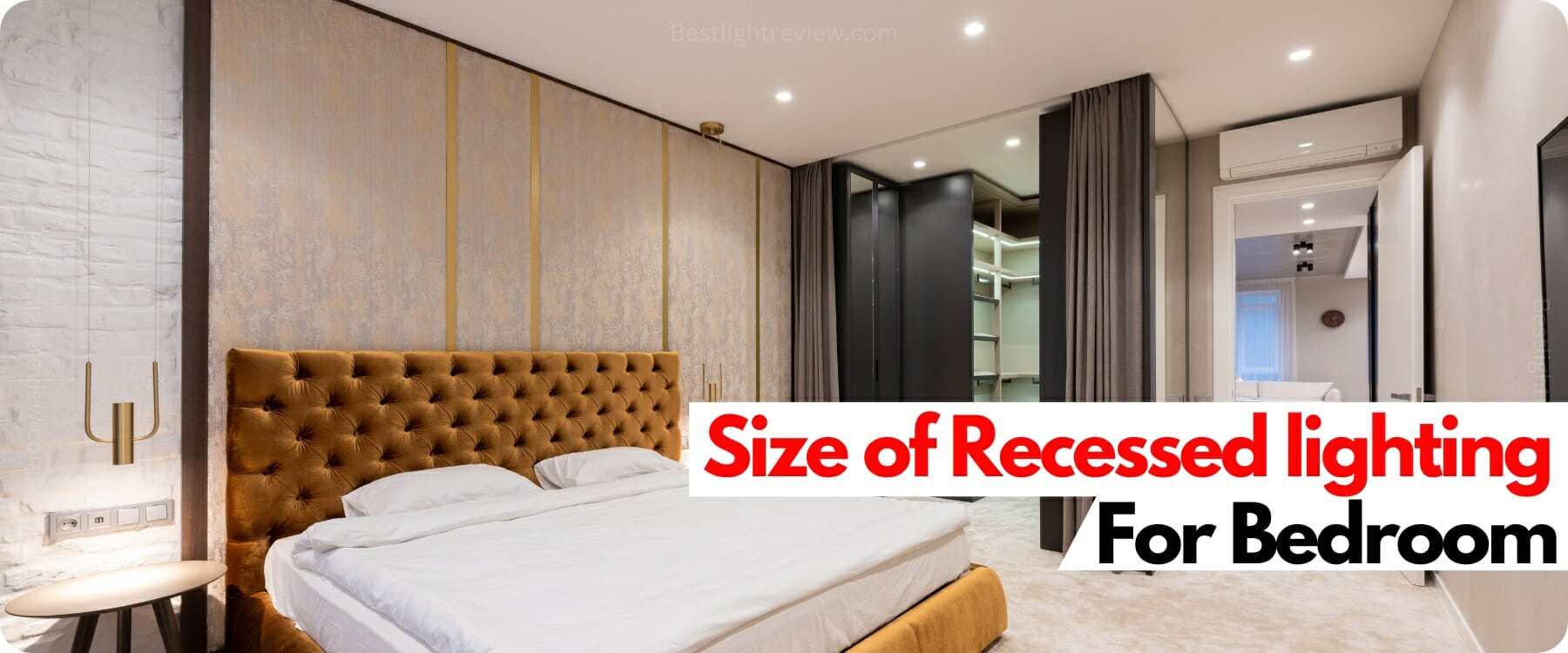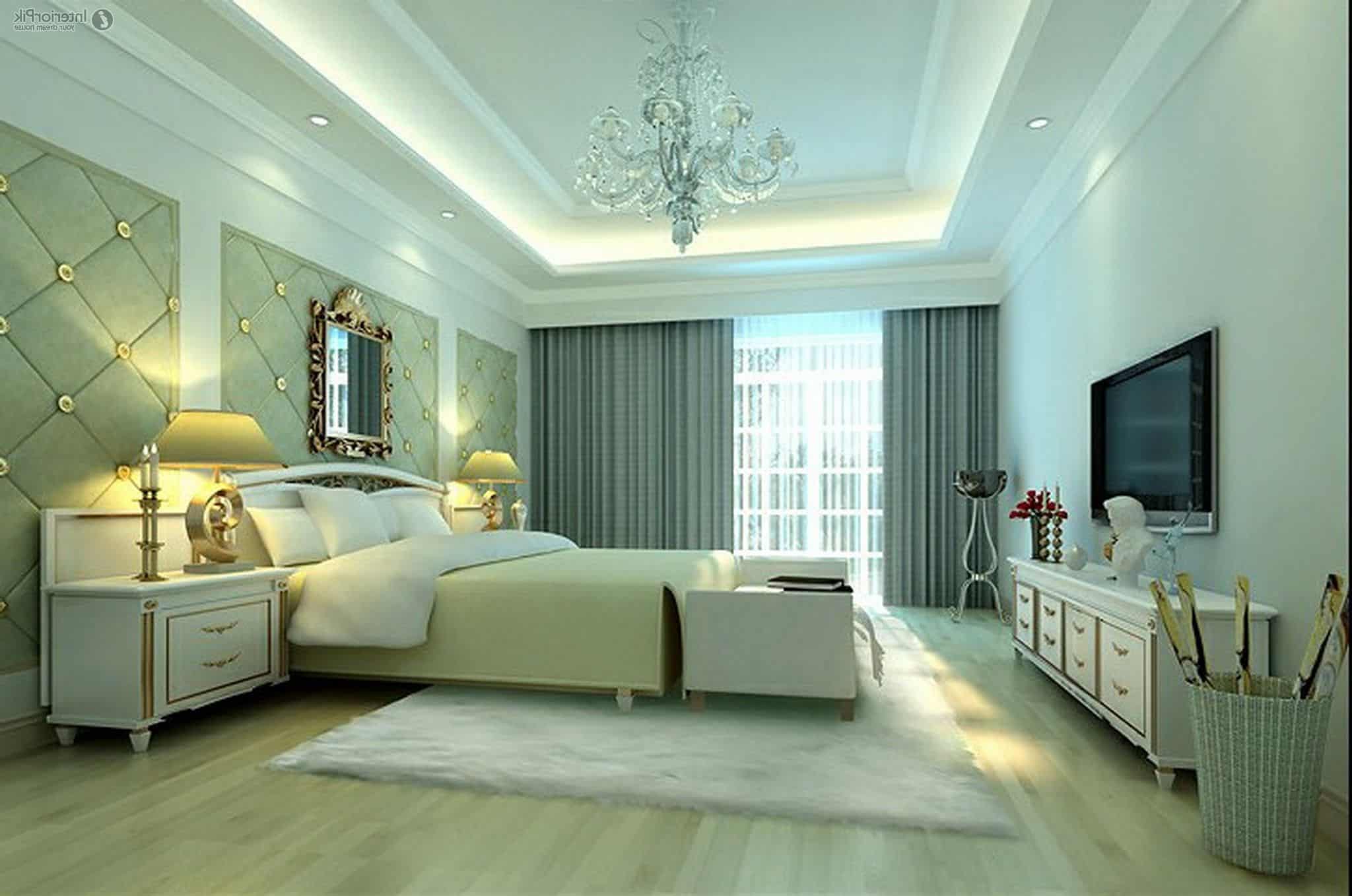Choosing the Right Number of Recessed Lights

When designing your bedroom, deciding on the number of recessed lights is an important consideration. The right amount of lighting can greatly impact the overall ambiance, functionality, and aesthetics of your space. Choosing between 4 or 6 recessed lights depends on various factors, such as the size of your bedroom, ceiling height, desired ambiance, and furniture placement.
Room Size and Ceiling Height
The size of your bedroom plays a significant role in determining the appropriate number of recessed lights. Larger bedrooms generally require more lights to ensure adequate illumination. For example, a spacious master bedroom with high ceilings might benefit from 6 recessed lights, while a smaller guest room might be sufficiently lit with 4 lights. Ceiling height also influences the light distribution. Rooms with high ceilings require more lights to compensate for the greater distance between the lights and the floor.
Desired Ambiance and Furniture Placement
The desired ambiance of your bedroom also affects the number of lights you choose. If you prefer a bright and airy feel, 6 recessed lights can provide ample illumination. Conversely, if you prefer a softer and more intimate atmosphere, 4 lights might be sufficient. The placement of furniture is another factor to consider. You should ensure that each light illuminates a specific area, such as a reading nook, a dressing table, or the bed.
Light Distribution and Functionality
The distribution of light throughout the room is crucial for its functionality. Evenly spaced recessed lights create a balanced and well-lit space. This is especially important in areas where you need to perform tasks, such as reading or getting dressed. In contrast, unevenly spaced lights can create dark spots or areas with excessive glare.
Recessed Light Placement and Design

Recessed lights are a popular choice for bedrooms because they provide even, glare-free illumination. However, the placement and design of these lights can significantly impact the overall ambiance and functionality of the space. This section will delve into the best practices for positioning recessed lights in bedrooms, exploring various arrangements and design considerations to achieve the desired lighting effects.
Recessed Light Placement Options
The arrangement of recessed lights in a bedroom can greatly influence the room’s atmosphere and functionality. Two primary approaches are symmetrical and asymmetrical placements, each offering distinct advantages.
- Symmetrical Placement: This arrangement involves placing the lights equidistantly from the center of the room or a focal point, such as the bed. It creates a balanced and formal look, ideal for traditional or minimalist bedroom designs. For example, in a bedroom with four lights, you could place two lights on either side of the bed, ensuring equal spacing. In a six-light setup, you might consider placing three lights on each side of the bed, maintaining a symmetrical pattern.
- Asymmetrical Placement: This approach involves placing the lights in a more irregular pattern, breaking the symmetry and creating a more dynamic and casual feel. It’s often used in bedrooms with unique layouts or to highlight specific areas. For instance, you could place three lights around the bed, with two on one side and one on the other, or use a staggered arrangement to create visual interest.
Choosing the Right Size and Type of Recessed Lights
Selecting the appropriate size and type of recessed lights is crucial for achieving the desired lighting effects in a bedroom. Several factors influence this decision, including light output, trim style, and energy efficiency.
- Light Output: The light output of a recessed light is measured in lumens. Higher lumen ratings indicate brighter lights. For bedrooms, a good starting point is 500-1000 lumens per light. However, the actual number of lumens needed will depend on the room’s size, ceiling height, and desired brightness level.
- Trim Style: Recessed lights come in various trim styles, each affecting the appearance and light distribution. Common trim styles include:
- Round: A classic and versatile choice, suitable for most bedroom styles.
- Square: Offers a modern and clean look, often used in contemporary bedrooms.
- Recessed: Creates a flush appearance with the ceiling, ideal for minimalist designs.
- Decorative: Adds a touch of elegance and personality to the bedroom with intricate designs or accents.
- Energy Efficiency: Consider choosing energy-efficient LED bulbs for your recessed lights. LED bulbs consume less energy than traditional incandescent bulbs, reducing your electricity bill and environmental impact. They also last longer, requiring fewer replacements.
Recessed Light Layout for a Bedroom
This layout example demonstrates the placement of four recessed lights in a bedroom, emphasizing key areas like the bed, vanity, and other functional zones.
- Bedside Lighting: Two recessed lights are placed on either side of the bed, providing comfortable reading light and creating a cozy atmosphere. This arrangement ensures balanced illumination and enhances the overall visual appeal of the bed area.
- Vanity Lighting: One recessed light is positioned above the vanity mirror, providing focused light for applying makeup or grooming. This strategically placed light minimizes shadows and ensures clear visibility, enhancing the functionality of the vanity area.
- General Illumination: The fourth recessed light is placed in the center of the room, offering general ambient lighting for the entire space. This light ensures adequate illumination for walking around, navigating the room, and creating a welcoming ambiance.
Creating the Perfect Bedroom Lighting: 4 Or 6 Recessed Lights In Bedroom

Your bedroom is your sanctuary, a space for rest, relaxation, and rejuvenation. Achieving the right lighting is crucial for setting the mood and creating a comfortable atmosphere. Recessed lights provide a foundation, but to truly make your bedroom shine, you need to layer different light sources to create a versatile and inviting space.
Layering Light for Different Moods
Layering light involves combining different types of lighting to create a balanced and functional environment. This approach allows you to adjust the ambiance to suit various activities and moods. Think of it like a symphony of light, where each source plays a unique role.
- Recessed Lights: These provide general illumination, serving as the foundation for your bedroom lighting. They create a bright and functional atmosphere, perfect for tasks like getting dressed or cleaning.
- Bedside Lamps: These soft and warm lights create a cozy and inviting atmosphere, ideal for reading or relaxing before bed.
- Ambient Lighting: This encompasses soft and diffused light sources, such as string lights, fairy lights, or dimmable lamps. They add a touch of warmth and create a relaxing and inviting ambiance.
Creating a Relaxing and Inviting Atmosphere
The key to creating a relaxing bedroom is to prioritize soft and warm lighting. Avoid harsh overhead lights that can disrupt sleep and create a sense of alertness. Instead, opt for:
- Dimmable Lights: This allows you to adjust the brightness to suit your mood and activity. For example, you can dim the lights for a relaxing evening or brighten them for a more focused task.
- Warm White Bulbs: Warm white bulbs (around 2700K) emit a soft and inviting light that promotes relaxation and sleep.
- Diffused Light: Using lamps with shades or diffusers softens the light and creates a more comfortable and inviting atmosphere.
Lighting Scenarios for Different Activities, 4 or 6 recessed lights in bedroom
Consider these lighting scenarios for various activities in your bedroom:
- Reading: Place a bedside lamp with a strong and focused light source on your nightstand. You can also use a reading lamp with adjustable brightness for optimal illumination.
- Relaxing: Dim the recessed lights and use ambient lighting like string lights or fairy lights to create a cozy and inviting atmosphere. You can also use a dimmable lamp with a warm white bulb for a soft and soothing glow.
- Getting Ready in the Morning: Use the recessed lights for bright illumination. You can also add a vanity mirror with built-in lighting for applying makeup or styling your hair.
